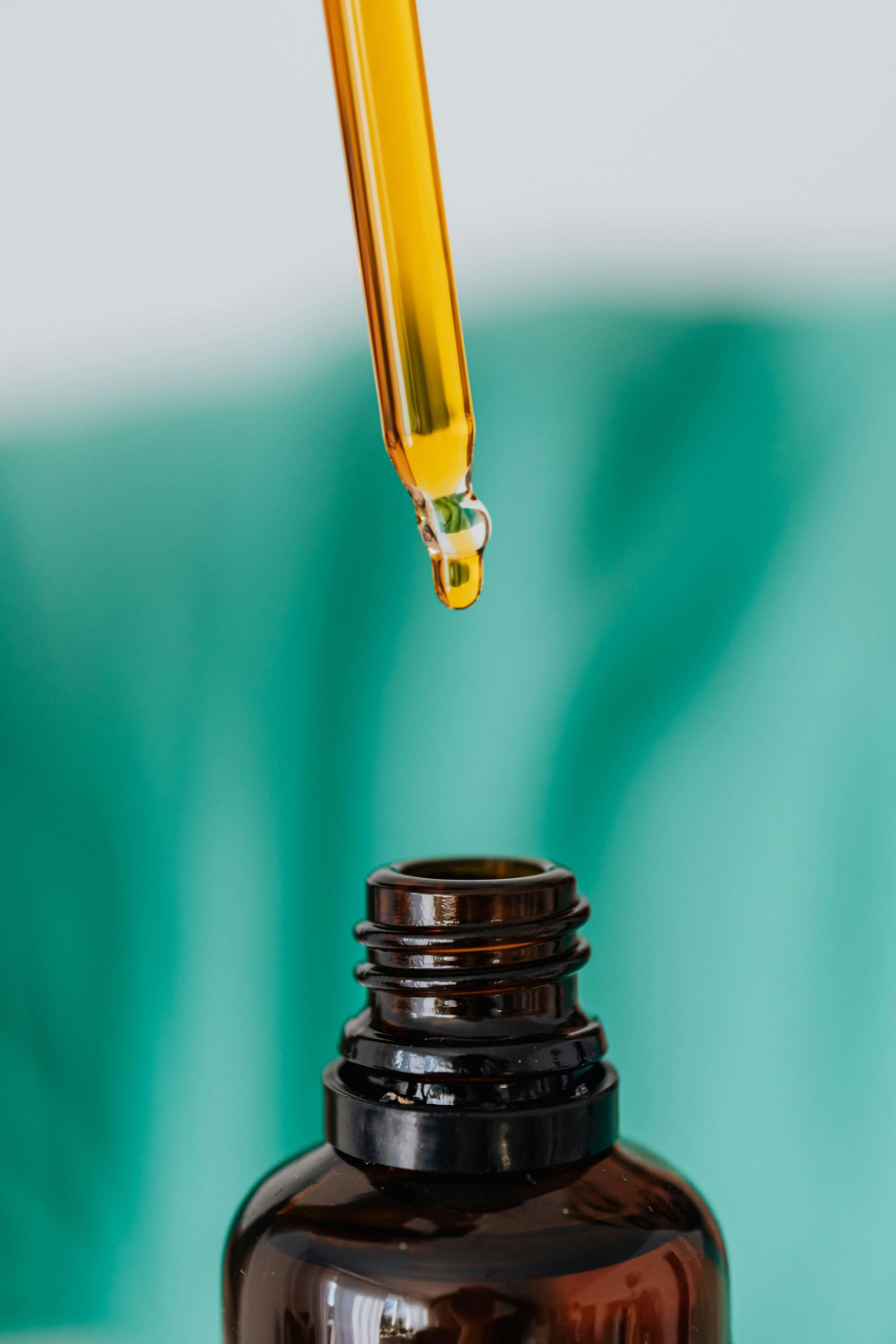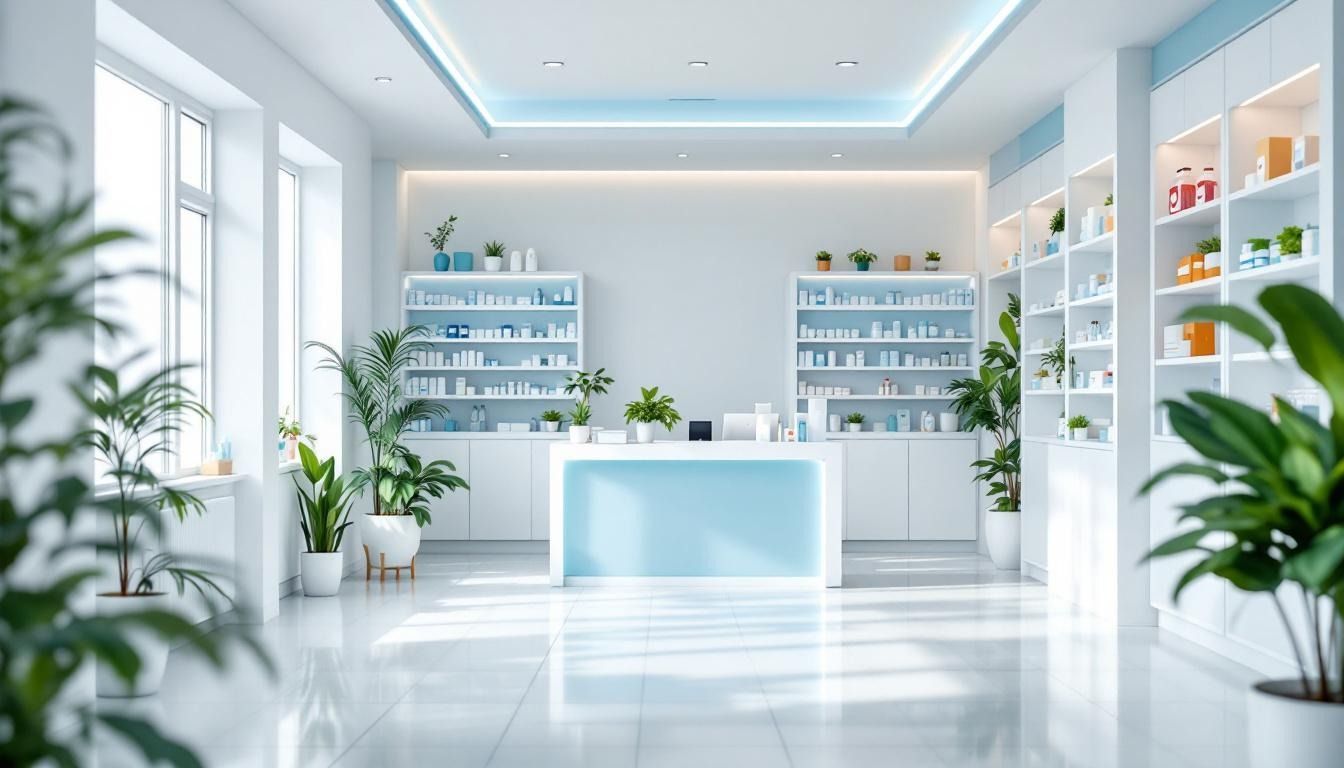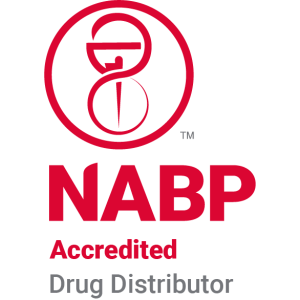Are sterile eye drops available for optimal eye health?
In pursuit of optimal eye health, many people turn to eye drops. These solutions can be found in a multitude of formulations, each designed to address specific eye conditions ranging from dryness to irritation. The importance of sterilization in these products cannot be overstated, as it ensures safety by preventing infections. This article delves into the various types of sterile eye drops available, their uses, benefits, and safety measures to consider when choosing the right product for your eyes.
Choosing the Right Eye Drops for Your Needs
Types of Eye Drops Available
Eye drops come in various types and formulations to address different conditions. Here are some common categories:
- Lubricating Eye Drops (Artificial Tears) : These are designed to relieve dry eyes by adding moisture and mimicking natural tears. Variants can be preservative-containing or preservative-free.
- Decongestant Eye Drops : Such as tetrahydrozoline, these drops relieve redness and irritation but should be used cautiously to avoid rebound redness.
- Prescription Eye Drops : Used for more serious conditions like infections or glaucoma, these often include active ingredients like cyclosporine (Restasis) or lifitegrast (Xiidra).
How to Select Eye Drops Based on Condition
To choose the right eye drops for your specific condition, first identify your symptoms:
- For dry eyes , lubricating drops such as Systane or Refresh are beneficial.
- If dealing with blepharitis , consider specific formulations like Systane Balance.
- Allergic conjunctivitis symptoms can be managed with Ketotifen-containing drops, such as Alaway.
- Avoid vasoconstrictors used for redness, as they can worsen symptoms over time.
- If over-the-counter options fail, prescription treatments may be necessary.
Common Recommendations for Dry Eyes, Allergies, and Other Conditions
- Artificial Tears : Recommended for dry eye disease, particularly preservative-free varieties for those using drops frequently.
- Tetrahydrozoline : Effective for transient redness due to environmental irritants but best used cautiously.
- Consultation : Always consult an eye care professional for persistent symptoms or to explore prescription options to ensure optimal eye health.
The Preference for Preservative-Free Eye Drops
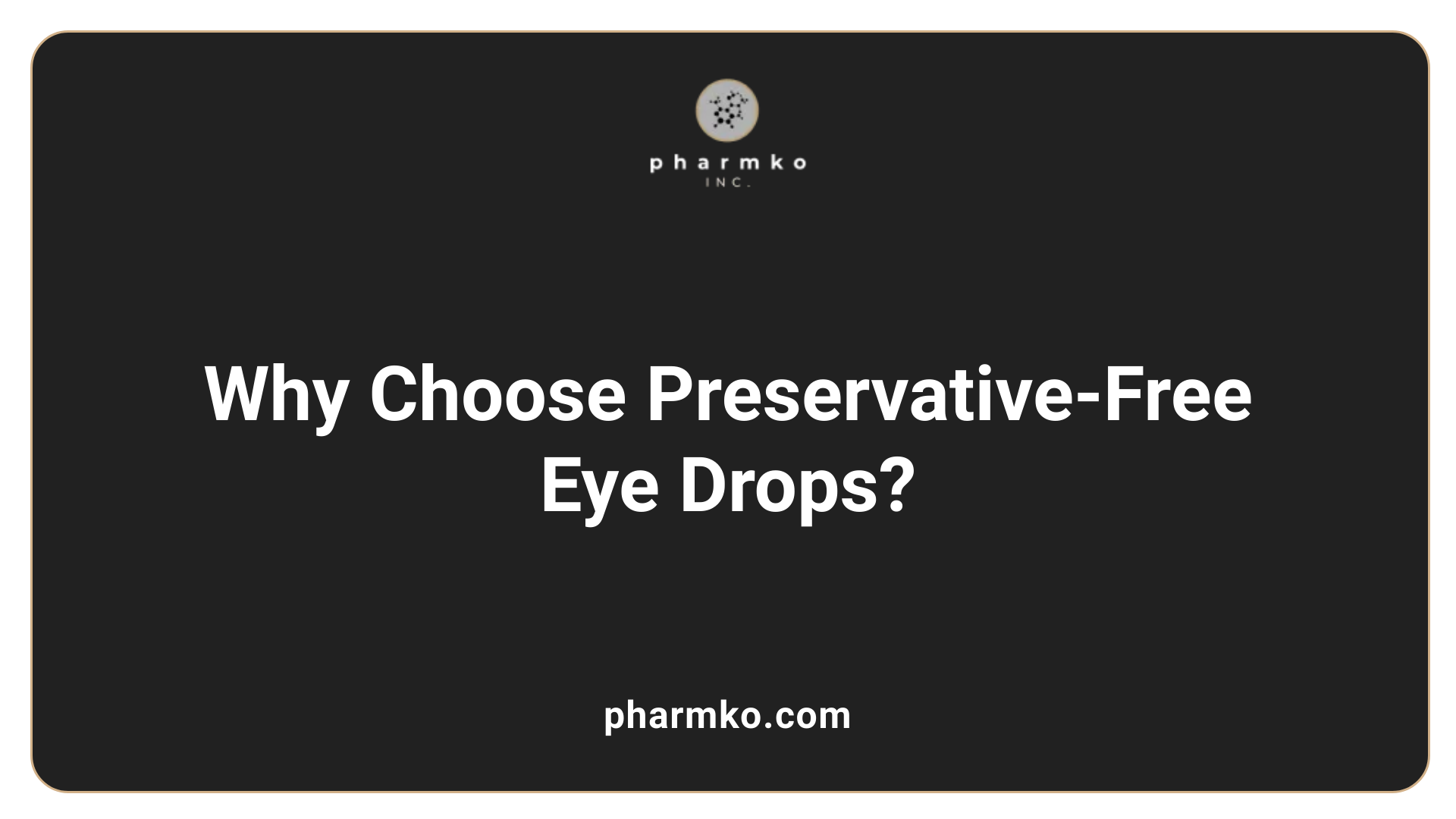
Importance of preservative-free formulations
Preservative-free eye drops are increasingly preferred for managing eye dryness and discomfort. These formulations contain fewer additives, reducing the risk of irritation. This is particularly beneficial for individuals experiencing moderate to severe dry eyes or those who must use eye drops frequently.
Benefits for frequent users and those with sensitivities
For patients using eye drops more than four times a day, preservative-free options are essential. These drops usually come in single-dose vials, ensuring every application is sterile and fresh. This not only enhances comfort but also minimizes the risk of cumulative damage to sensitive eyes over time.
Comparison to preserved eye drops
In contrast, preserved eye drops often contain additives like benzalkonium chloride (BAK), which can lead to eye irritation, inflammation, or reduced effectiveness with long-term use. Eyecare specialists prioritize preservative-free products for patients with heightened sensitivity, recent surgeries, or chronic conditions, as they effectively lubricate without the adverse side effects caused by preservatives.
Why do doctors recommend preservative-free eye drops?
Doctors recommend preservative-free eye drops because they contain fewer additives, making them less likely to irritate the eyes, particularly for individuals with moderate to severe dry eyes or those who require frequent use. Preservatives found in multi-dose eye drops can cause irritation and discomfort, especially when used more than four times a day. Preservative-free options typically come in single-dose vials, ensuring a fresh solution with each application. Additionally, these eye drops help lubricate the eyes and maintain moisture effectively, which is crucial for managing dry eye symptoms caused by various factors such as aging, medications, and environmental conditions. If relief is not achieved with artificial tears, consulting an eye care professional is recommended for alternative treatments.
Identifying the Healthiest Eye Drops for Optimal Use

What are the healthiest eye drops to use?
Choosing the healthiest eye drops hinges on the specific cause of your dry eyes. For general dryness, lubricating eye drops, also known as artificial tears, serve as the first line of treatment. Popular over-the-counter (OTC) options include:
- Blink GelTears : Gel-based for enhanced moisture retention.
- Refresh Tears : Provides a soothing relief for dry and irritated eyes.
- Systane COMPLETE PF : A preservative-free formula designed for comfort.
- Biotrue Hydration Boost : Mimics natural tears for effective hydration.
Role of preservatives in eye drops
When selecting eye drops, consider those that are preservative-free, especially if you anticipate using them more than four times a day. Preservatives can irritate the eyes and exacerbate symptoms, particularly for individuals with sensitive eyes or conditions requiring frequent administration. Some common preservatives, like benzalkonium chloride (BAK), may lead to complications with prolonged use.
Prescription versus OTC options
For cases of severe dry eye or underlying conditions such as glaucoma, prescription eye drops are recommended. Medications like Cyclosporine (Restasis) and Lifitegrast (Xiidra) are designed to increase tear production and combat inflammation, providing additional relief. Always consult with an ophthalmologist to determine the most suitable option for your specific needs.
Exploring Sterilization and Safety in Eye Drops

Importance of Sterilization in Eye Drops
Sterilization is critical for eye drops to prevent contamination and infections, especially since they are administered directly into the eyes, bypassing the body’s natural defense mechanisms. Products must be prepared under aseptic conditions, utilizing methods like filter sterilization to ensure safety and effectiveness. When using eye drops, the sterility of the product helps to avoid serious complications that can arise from non-sterile applications.
FDA Safety Guidelines and Recent Recalls
The FDA sets stringent safety guidelines for eye drop products, recently recalling numerous over-the-counter lubricating eye drops due to contamination risks. Many lesser-known brands were affected, highlighting the importance of purchasing eye drops from reputable manufacturers. Major companies, like Alcon and Allergan, have maintained their safety records this year, but consumers should remain vigilant about recalls, particularly for products purchased online. The recalls underscore the importance of ensuring that any eye drops used are proven to be safe.
Risks Associated with Non-Sterile Products
Using non-sterile eye drops can lead to severe complications, including infections that might result in partial vision loss or blindness. The FDA has warned consumers to avoid certain recalled products due to these risks. Proper usage, including checking for expiry dates and storage conditions, is vital in maintaining optimal eye health.
Can I Use Sterile Eye Drops Every Day?
Using sterile eye drops like tetrahydrozoline every day is not recommended. This medication is a decongestant that temporarily relieves eye redness caused by minor irritations but should only be used for up to 3 to 4 days consecutively to avoid rebound redness. It can be applied up to four times a day as needed, but overuse may lead to increased redness once the effects wear off. Users should ensure their hands are clean before application and avoid contaminating the dropper. It's also important to note possible side effects such as stinging, redness, and blurred vision, and avoid driving or operating machinery until vision is clear. Always consult your doctor for personalized advice.
Addressing Dry Eye Management with Artificial Tears
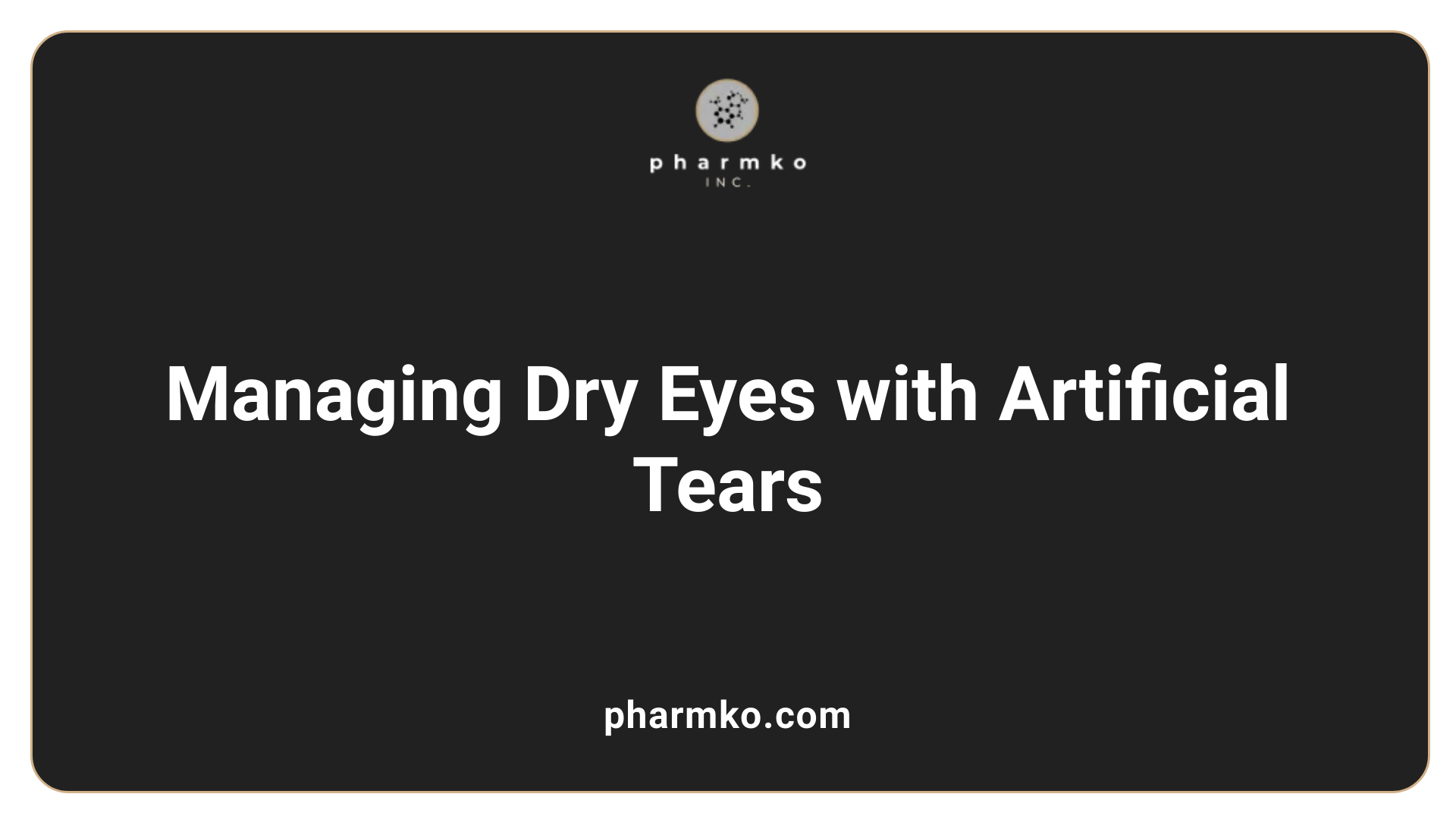
Role of artificial tears in relieving dry eye symptoms
Artificial tears are essential in managing dry eye symptoms. They mimic natural tears by adding moisture to the eyes, thus alleviating discomfort, irritation, and redness. Often available over-the-counter, they provide a convenient way to enhance eye lubrication and maintain optimal eye health.
Formulations suited for different dry eye types
Artificial tears come in various formulations, including preservative-free options recommended for patients needing frequent use. For those with evaporative dry eye, gel-based or oil-containing drops are preferable as they help prevent evaporation. In contrast, hypoosmolar drops benefit individuals with aqueous-deficient dry eye, promoting moisture retention and improving the tear film.
Importance of consulting healthcare professionals
Consulting an eye care specialist is crucial before selecting eye drops, especially if over-the-counter artificial tears do not relieve symptoms. Professional guidance ensures the appropriate type of drops are used, reducing the risk of aggravating underlying conditions.
Guidelines for Safe Eye Drop Use

Proper Usage and Storage of Eye Drops
Using eye drops correctly is vital. Always follow the instructions provided on the packaging or by your eye care professional. For maximum safety, refrigerate eye drops if required and discard any opened bottles after four weeks.
Risks of Homemade Eye Remedies
Homemade eye drops are generally unsafe. They may be unsterile and contain inappropriate ingredients, potentially leading to serious eye health issues. Always choose commercially prepared products that meet safety standards.
Tips for Avoiding Contamination
To minimize contamination risks, avoid touching the dropper tip with your fingers or eyes. Ensure your hands are clean before applying, and store drops as recommended, treating multi-dose bottles with caution. Preservative-free options are ideal for frequent use, reducing irritations associated with preservatives.
| Category | Guidelines | Importance |
|---|---|---|
| Proper Usage | Follow instructions; store correctly | Ensures effectiveness and safety |
| Homemade Remedies | Avoid using | Prevents potential harm |
| Contamination Prevention | Maintain cleanliness; choose options strategically | Reduces risk of infection and irritation |
The Unique Benefits of Vuity Eye Drops for Presbyopia
Are there any eye drops that can improve eyesight?
Vuity eye drops are currently the only FDA-approved option designed specifically to enhance eyesight for those suffering from presbyopia, a common age-related issue causing blurry near vision.
These drops start to take effect within just 15 minutes and can maintain clarity for up to six hours, making them a practical solution for those needing to perform near vision tasks, like reading or working on a computer.
Target demographic and effectiveness
Typically recommended for individuals aged 40 to 55, Vuity eye drops significantly improve focus and clarity, particularly for small print. Benefits appear to increase with continued use, with many users reporting enhanced performance after approximately 30 days. This consistent relief can be crucial for individuals who previously relied on reading glasses.
Comparison with other visual aids
Compared to traditional methods like reading glasses, Vuity provides a non-invasive alternative. A typical prescription lasts around 30 days, retailing at approximately $79, making it an accessible option for those seeking eye care solutions without the hassle of physical glasses.
Making Informed Choices for Your Eye Health
Ensuring optimal eye health with sterile eye drops is about making informed choices and prioritizing safety. Understanding the types and purposes of different eye drop products can help you select the right solution for your eye care needs. Consulting with eye care professionals remains crucial, especially given recent product recalls and ongoing safety concerns highlighted by the FDA. Whether managing dry eye symptoms with artificial tears or seeking advanced solutions for conditions like presbyopia, being informed empowers you to protect and enhance your vision effectively.
References
- Eye Drops: Types, Uses, Potential Risks & Benefits - Cleveland Clinic
- Choosing the Best Lubricant Eye Drops for Dry Eyes
- Are Preservative-Free Eye Drops Better for You?
- Artificial tears: How to select eye drops for dry eyes - Mayo Clinic
- Are You Using the Best Eye Drops for Dry Eyes? - WebMD
- What You Should Know about Eye Drops | FDA
- Are My Eye Drops Safe To Use? | Henry Ford Health
- Are over-the-counter eye drops safe? - UC Davis Health
- Sterile Eye Drops 0.05 % - Uses, Side Effects, and More - WebMD



